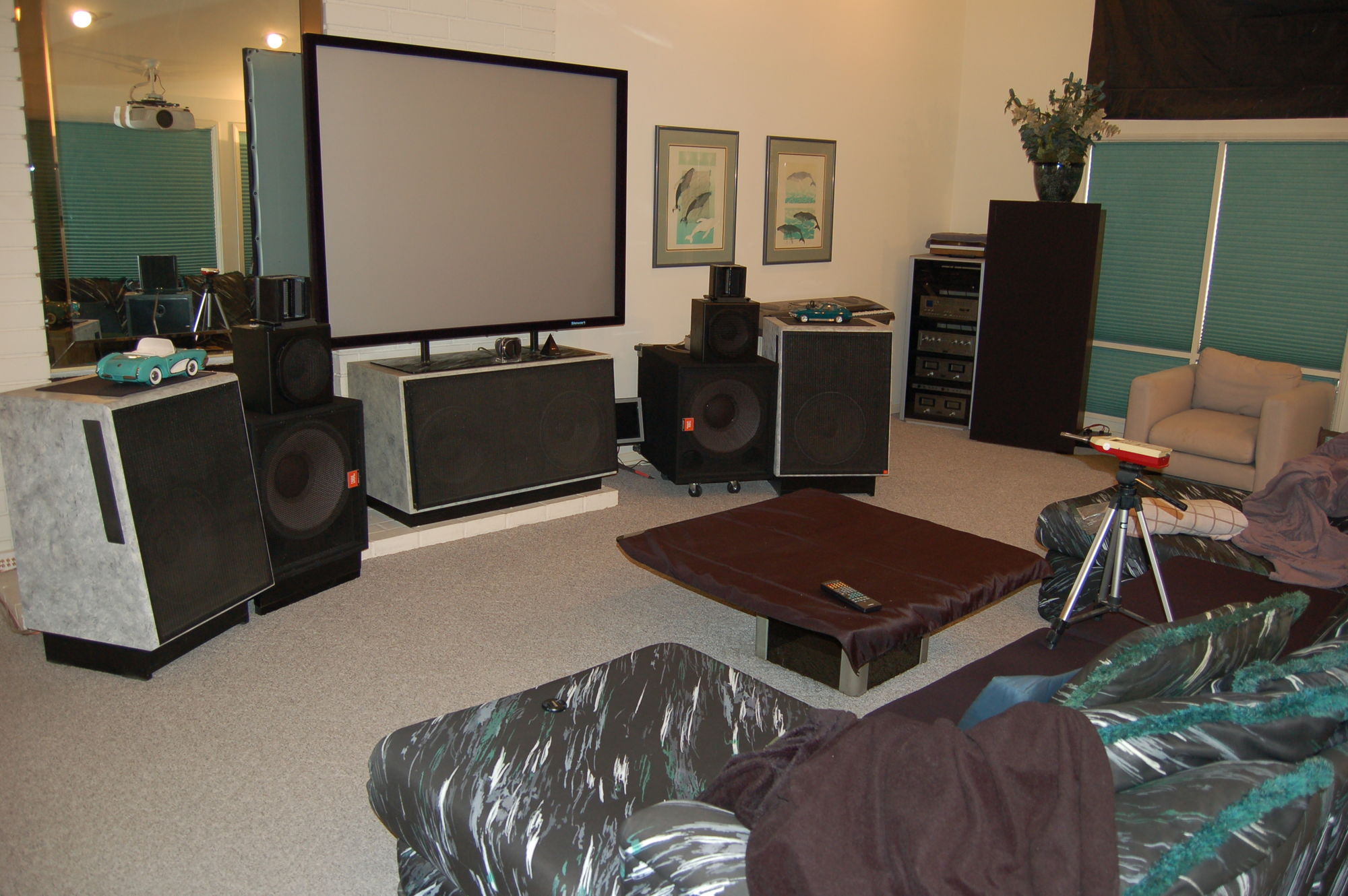I’ve also worked in pro sound. Though that was long ago, the general design principles remain the same today as then. The biggest advances are in DSP (digital signal processing). Some things to consider.
1) most (not all) music venues are mono - not stereo. This is because you want people everywhere to hear roughly the same sound. Given that pressure levels drop by 3 DB as you square the distance, people on the left side of the hall are not going to hear separate information on the right side of the hall. PA speakers are not designed with imaging in mind if this is important to you.
2) because of the demands for high acoustic volume, most PA speakers (even relatively large ones) will have limited low frequency extension unless you adopt a line array structure (not practical for home use). You’ll also notice how big the subs typically are (often multiple cabinets the size of a VW Bug w/ twin 18” woofers). They’re pretty poor at low bass definition (these are not the most rigid woofers because of their size) but wow can they put out the volume. However, even those huge subs don’t go to 20 hz - typically only down to 30 hz.
3) as others previously mentioned, crossovers built in are for power handling. Many better sounding PAs use outboard crossovers with separate amps.
4) The cabinets are designed to take the abuse of the road. They’re felt covered plywood or vinyl covered plywood, or plastic. And, they ring like crazy. Because they’re driven to high volumes in larger spaces, nobody cares.
5) There’s an adage that goes something like: full range, high output volume, high quality, or low cost: pick two.
This is not to say it’s a bad idea. There are certainly pretty good sounding PA speakers. And, many home audio speakers put more into their cabinets (looks are everything). But on balance, at a price point, home audio speakers will perform better in home than PA speakers adapted for home use. The latter will play louder with far less effort.
As others noted, some Klipsh classic horn speakers might do the trick by offering that dynamic pop. Other horn loaded speakers will likely do the same as they’re very efficient and generally easy to drive. You might also look at horn loaded monitor speakers used for mastering. They’re higher quality and can produce high volumes without stress.




